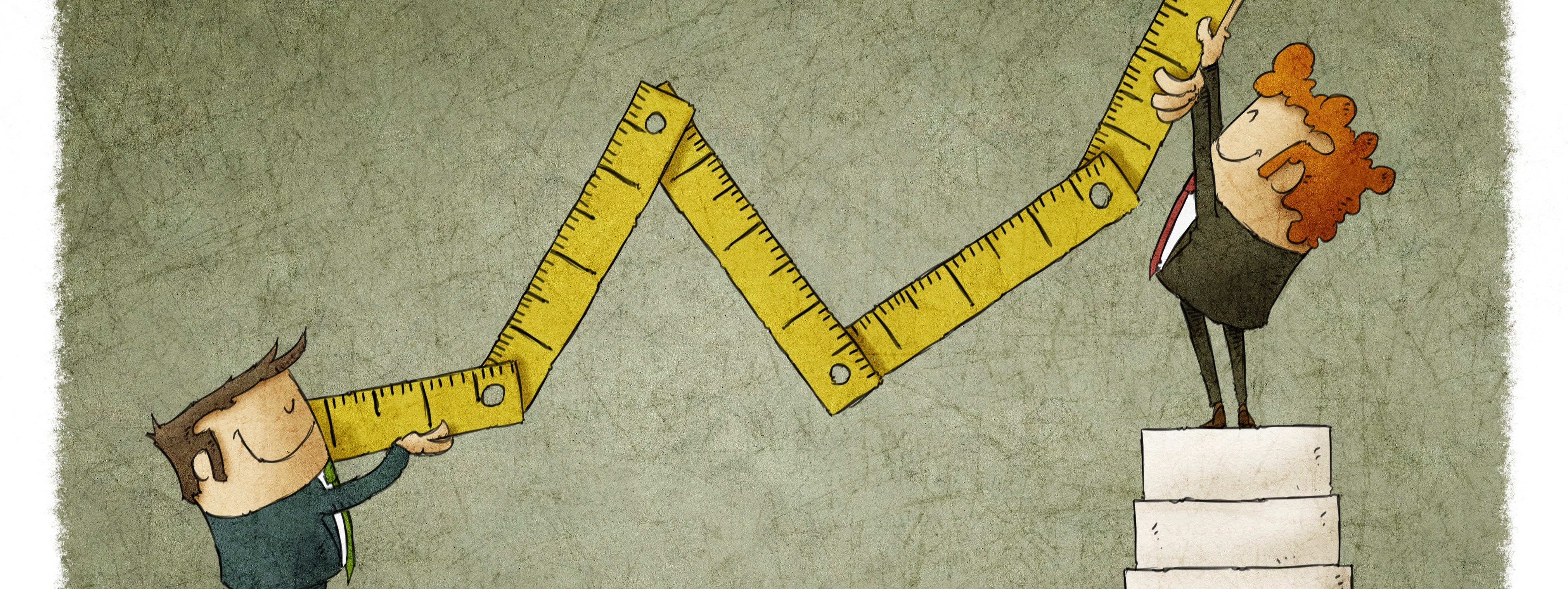Ad solutions provider Videology recently released the latest installment of its educational Knowledge Labs series, examining the various ways that measurement—one of the most important elements of advertising campaigns—is being used in the converged TV and video advertising space. This report examines what marketers need to know when it comes to TV and video advertising measurement.
The report also explores the evolution of measurement in both TV and digital video, including a detailed timeline of the path of TV measurement, the path of digital video measurement, and where the two intersect. The lab found that that the convergence between TV measurement and digital video measurement occurred in the early 2000s.
To help advertisers navigate the often-complex world of measurement, the report also provides a detailed look at measurement opportunities that are available in TV and video today including brand, action, sales and audience verification studies.
Four broad ad-measurement categories:
“The reason all marketers advertise is to drive a given set of results, and accurate measurement is the only way to understand if those results are achieved. Fortunately, advances in measurement have accelerated in the past few years. We are approaching the Holy Grail where exposure to TV and video advertising can be tied directly to a variety of brand and business metrics,” said Aleck Schleider, SVP of client and data strategy at Videology, in a news release.
“It’s important—and challenging—for advertisers to fully understand these fast-moving metrics in order to drive the greatest ROI from their advertising. We wrote this Knowledge Lab with that goal in mind,” Schleider added.
When determining the accuracy of a TV or video ad campaign, the lab shares that there are several challenges that advertisers may run into, including:
Finding a consistent method for defining success across screens
There is a notable variance between measuring the offline and online worlds; as such, advertisers must take this into account and use a common currency to define success so results can be compared in a fair way.
Ensuring sufficient scale
Advertisers must ensure that they have sufficient scale to obtain statistically relevant results, especially with online video, where scale can be more constrained than TV.
Timing
Timing can pose as a challenge when trying to ascertain measurement, as adding measurement to a campaign can add weeks or even months to understanding how well it performed against a specific objective.
Despite these challenges, the lab contends that as TV continues to become more digitized, and measurement opportunities continue to increase, cross-screen results will become more mainstream and more fluid. In the meantime, opportunities abound for advertisers looking for accurate, scalable measurement across devices.
Top measurement opportunities for both TV and online video:









